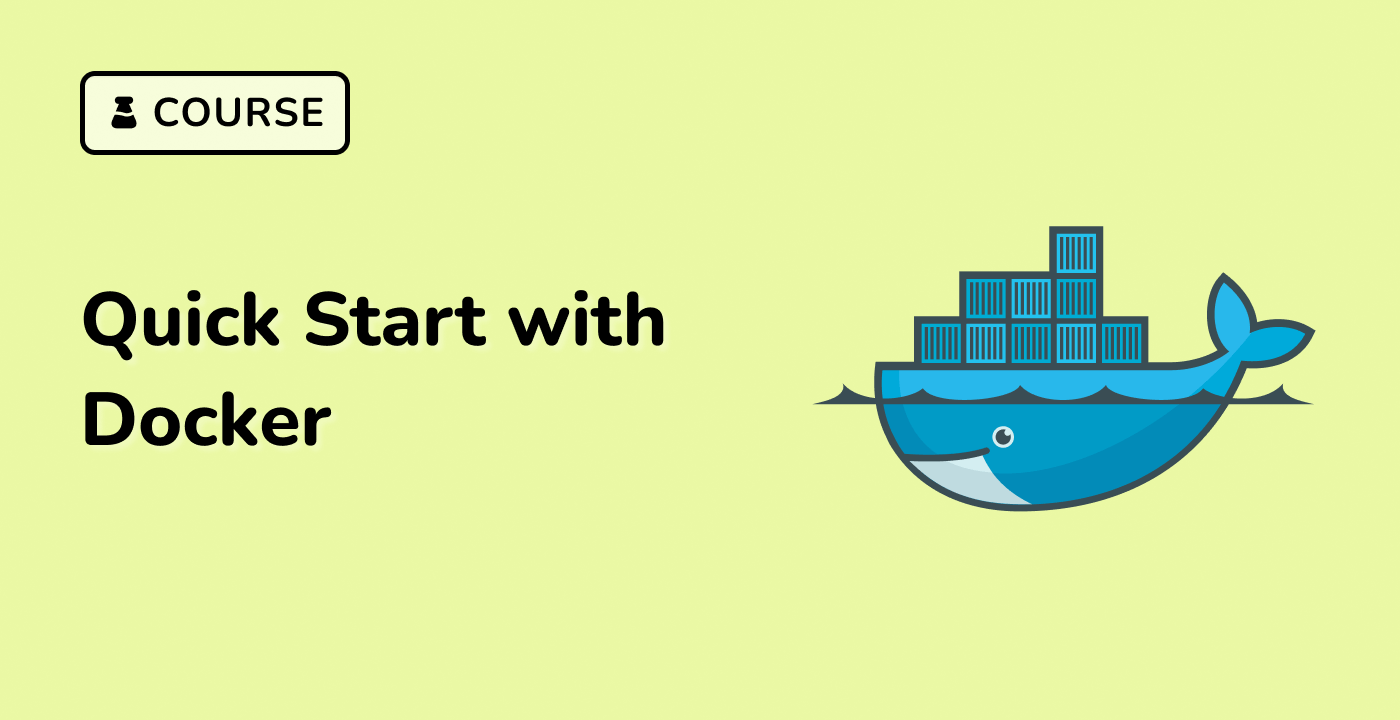Advanced Compose Strategies
Multi-Environment Configuration
Docker Compose supports sophisticated environment management through multiple configuration files and override mechanisms.
graph LR
A[Base Configuration] --> B[Development Override]
A --> C[Production Override]
A --> D[Staging Override]
Environment-Specific Configuration
version: "3.8"
services:
application:
image: myapp:latest
environment:
- APP_ENV=${DEPLOY_ENV:-development}
- DATABASE_URL=${DATABASE_CONNECTION}
Scaling Services Dynamically
## Scale web service to 3 instances
docker compose up -d --scale web=3
Advanced Networking Configurations
| Network Mode |
Description |
Use Case |
| bridge |
Default network |
Isolated container communication |
| host |
Direct host network |
High-performance scenarios |
| custom |
User-defined networks |
Complex microservice architectures |
Production-Ready Compose Example
version: '3.8'
services:
webserver:
image: nginx:alpine
deploy:
replicas: 3
update_config:
parallelism: 1
delay: 10s
healthcheck:
test: ["CMD", "curl", "-f", "
interval: 30s
timeout: 10s
retries: 3
backend:
image: myapp:${VERSION}
secrets:
- db_password
configs:
- source: app_config
target: /app/config.json
secrets:
db_password:
external: true
configs:
app_config:
file: ./config.json
Container Versioning Strategies
## Tag and push versioned images
docker build -t myapp:v1.0 .
docker compose push
Deployment Workflow
graph TD
A[Build Images] --> B[Run Tests]
B --> C[Push to Registry]
C --> D[Deploy Containers]
D --> E[Monitor Performance]
Security and Compliance Commands
## Scan compose services for vulnerabilities
docker compose config --resolve-env-vars
docker scan docker-compose.yml




